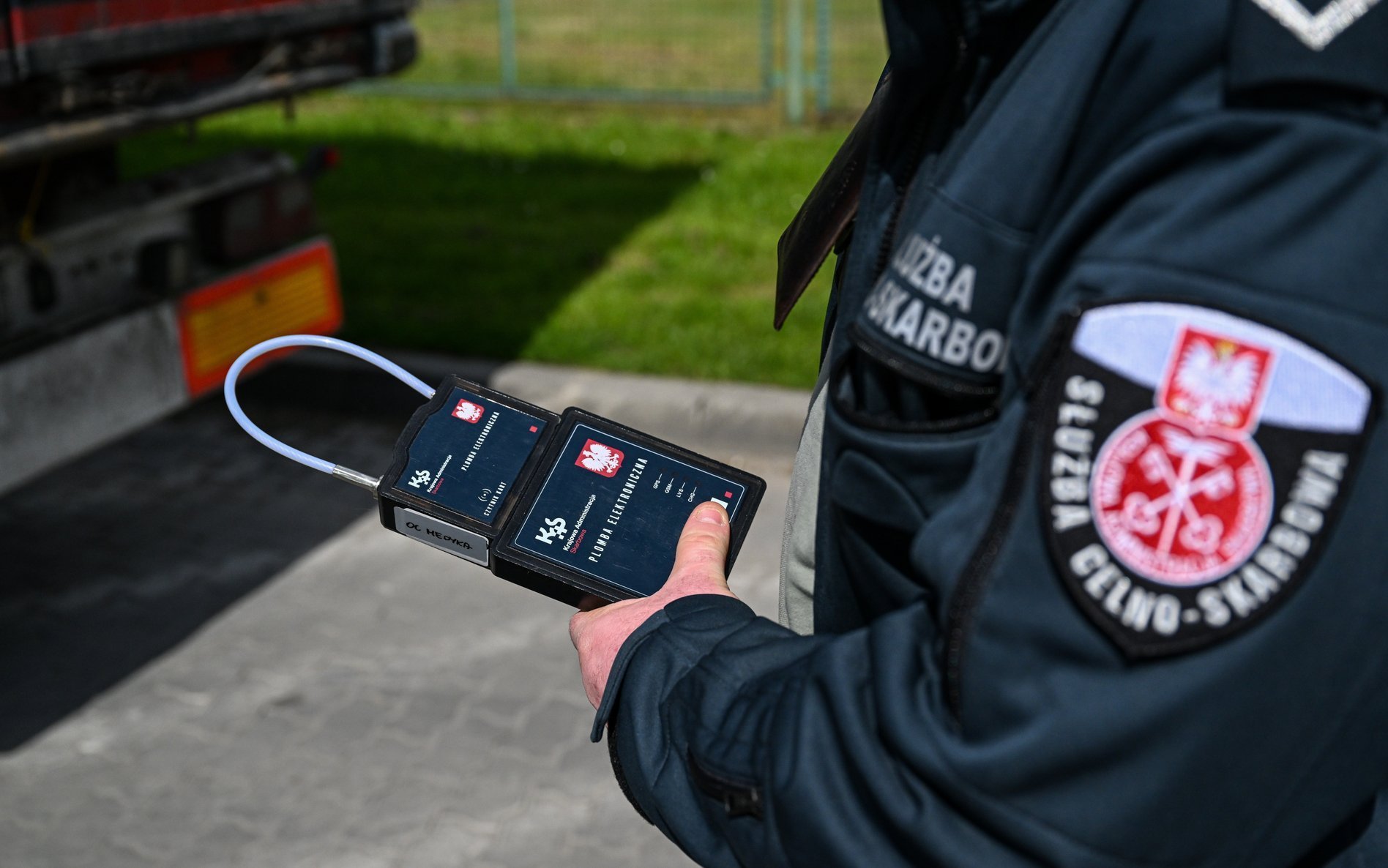Background
Poland, a vital logistics hub in Europe, serves as a critical gateway for trade between the European Union and Eastern nations. As a member of the TIR (International Road Transport) system, Poland facilitates smooth customs clearance for cross-border road transport through standardized international protocols. In response to the growing challenges of smuggling and tax evasion, Poland's government introduced the SENT system (Electronic Transport Supervision System) in 2017. This system enables digital declarations and continuous monitoring of sensitive goods, ensuring full traceability and transparency throughout transport.
The surge in cargo traffic, particularly along the Ukrainian border, has introduced new challenges. Goods such as pharmaceuticals, chemicals, alcohol, and grains are being frequently transported, placing added pressure on the authorities. Existing methods were no longer sufficient to address the rising demands for security, real-time tracking, and enhanced transparency.
In light of these challenges, Poland’s National Revenue Administration (KAS) has begun incorporating advanced technology into the SENT system to ensure smarter, real-time tracking of high-risk cargo.

Key Challenges
-
Limited Physical Inspections: With the volume of cargo crossing borders, authorities are unable to manually inspect every shipment, creating a gap in regulatory control.
-
Tampering Risks: Maintaining cargo integrity is essential. Unnoticed tampering or illegal unloading can lead to the infiltration of contraband or loss of valuable goods.
-
Difficulties in Detecting Illegal Goods: Identifying illicit shipments, such as counterfeit goods or narcotics, within large commercial cargo is complex and often relies on manual checks.
-
Absence of Real-Time Insights: Without live monitoring systems, violations often go undetected until after the fact, making enforcement more challenging.
Solution Implementation
In line with Poland’s Road and Rail Goods Transport Supervision Act, the SENT system mandates that all transport parties—including the consignor, consignee, and carrier—submit detailed electronic reports via the PUESC platform. These reports provide critical data on cargo, transport dates, routes, and other relevant information, ensuring full transparency throughout the supply chain.
To address the gap between declared routes and actual cargo movement, Polish authorities have incorporated Jointech’s GPS Electronic Seals into the SENT framework. This solution enhances the existing TIR system by integrating IoT-enabled monitoring features, providing:
-
Real-Time Location Tracking: GPS technology ensures shipments adhere to authorized routes, providing precise movement data.
-
Instant Tampering Alerts: Automated notifications notify authorities immediately if a seal is tampered with or cargo is disrupted.
-
End-to-End Cargo Monitoring: Continuous monitoring from departure to arrival guarantees cargo integrity and transparency at every stage.
By integrating Jointech’s GPS Electronic Seal with the TIR framework, Poland’s customs enforcement is becoming more efficient, offering a digital, automated approach that overcomes the limitations of traditional regulatory practices.

Outcome
Since the introduction of Jointech GPS Seals, the efficiency and security of the SENT system have improved. Real-time monitoring of sensitive cargo has reduced the risks associated with smuggling and tax evasion. The intelligent alerts and continuous journey tracking have enhanced the ability of authorities to enforce regulations swiftly and accurately, fostering greater compliance and transparency.
This digital transformation not only supports Poland's efforts to protect national revenue but also optimizes the country’s cross-border trade operations. The success of this approach provides valuable insights for other European countries seeking to integrate intelligent monitoring technologies with the TIR system, paving the way for a more secure and modern cargo transport regulatory framework.

 Your message must be between 20-3,000 characters!
Your message must be between 20-3,000 characters! Please check your E-mail!
Please check your E-mail!  Your message must be between 20-3,000 characters!
Your message must be between 20-3,000 characters! Please check your E-mail!
Please check your E-mail! 
